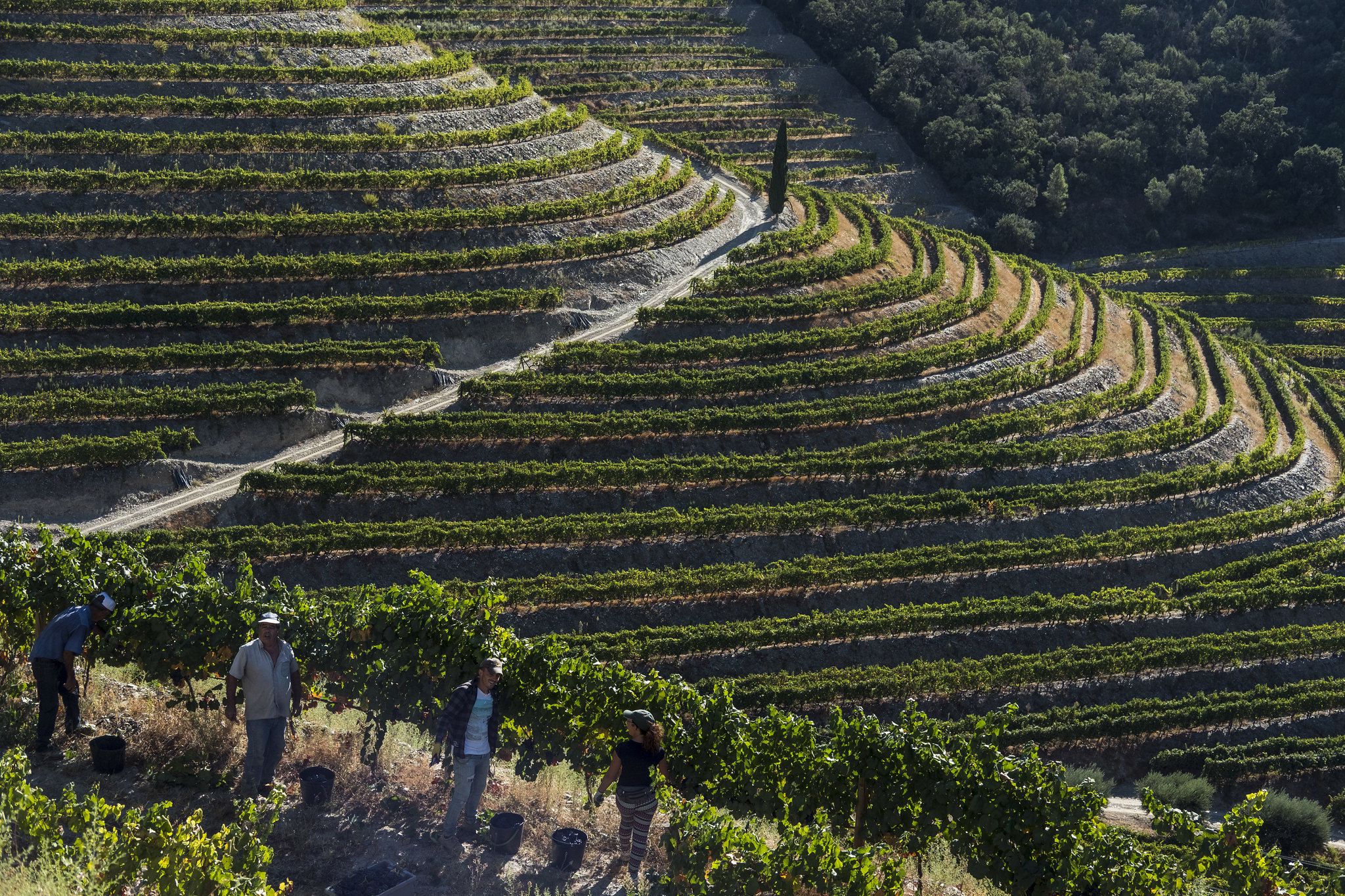The undulating curves of the river, the endless vineyards and the beautiful terraces, hand-sculpted across generations, make the Douro Valley a unique region in the world.
Walking through the vineyards, getting to know the region's farms and wineries, taking part in a grape harvest and all the processes associated with wine production, including the traditional act of treading the grapes in the wine press, is an experience not to be missed by anyone visiting the region.
The Douro Valley is surrounded by mountains. Winters here are very cold and summers are hot and dry. Throughout the year, the landscape is transformed, without ever losing its beauty. The grape harvest begins between September and October. This is the first demarcated wine region in the world and has existed since 1756. The world-famous Port wines and the Douro Controlled Designation of Origin wines, recognised for their exceptional quality, are produced here.
Anyone who visits the region can get to know its producers and participate with them in the grape harvest. There are several programmes in the most diverse wine-producing villages and towns. However, if you prefer, you can just sit back and enjoy a wine tasting while marvelling at the landscape.
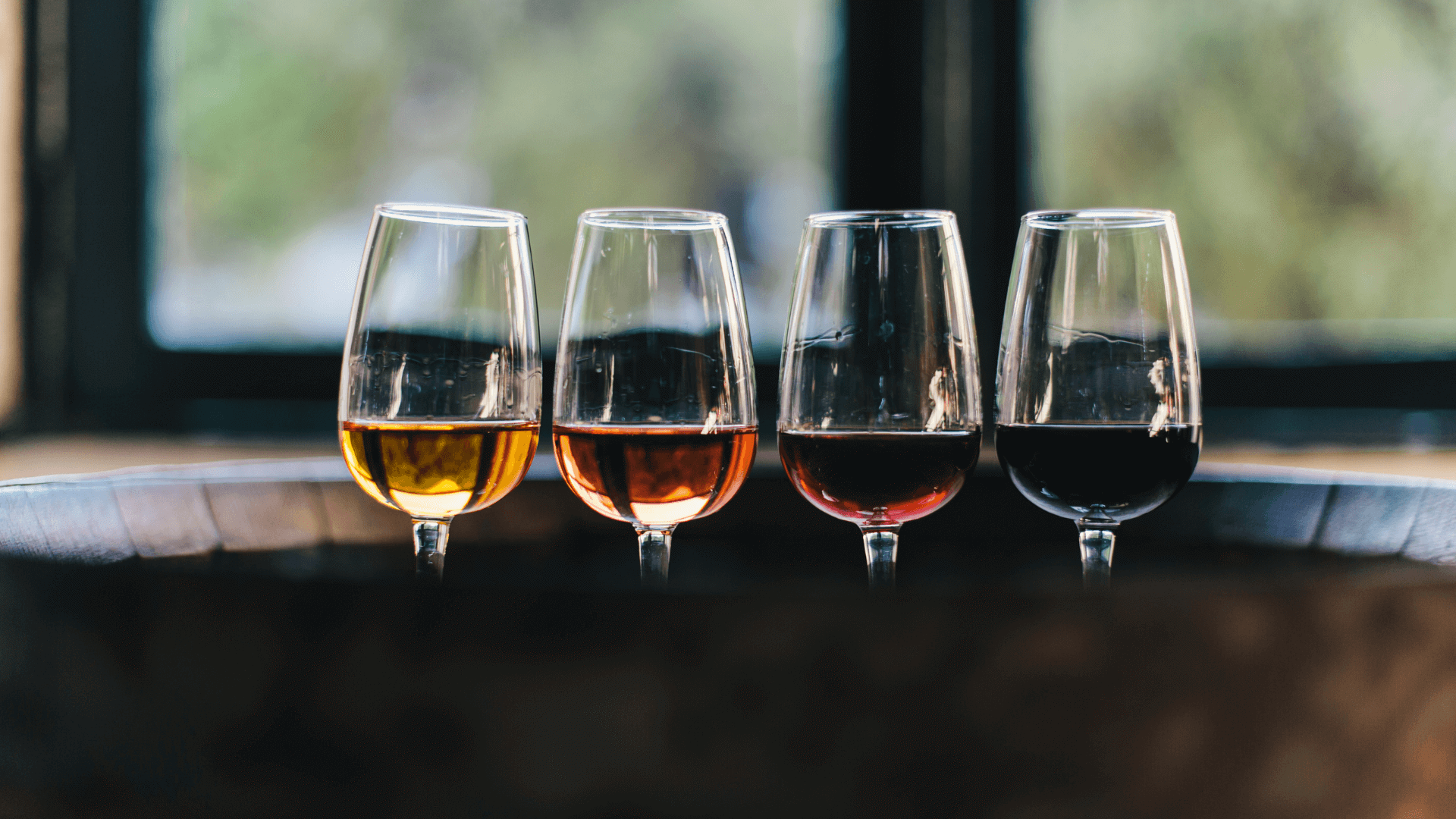
Go wine tasting and enjoy the local flavours
It’s not just wines that will surprise you in the Douro region. The traditional and signature cuisine has been widely praised, as well as the hospitality and friendliness of the Douro people.
The flavours are strong and intense and the ingredients are fresh and local. Oven-roasted kid, Portuguese stew, bean stew, game, smoked meats and sausages, trout, lamprey or shad, caught in the Douro River and its tributaries, are some of the region’s typical dishes.
As for desserts, the variety is endless: from papos de anjo (roughly translated as “angel's double chin”), traditional sweets from Amarante, to cavacas (iced buns), caramel custard Teixeira cake, almond sweets and sponge cake. Whichever you choose, don't forget to pair it with a glass of port.

To better explore the beauty and tranquillity of the region, we suggest a trip along the entire valley. You can do this by car, by train, on a cruise, by helicopter, or even on foot.
For those who enjoy walking, there are several hiking trails to choose from. One such example is the Torguean Trail, which begins in the picturesque village of Provesende, passes through Quinta do Junco and the village of São Cristovão do Douro, and ends in the beautiful town of Pinhão. This is a relatively easy route, taking one hour and 30 minutes over a distance of five kilometres.
Whether you organise your trip on your own or through tour operators, let yourself be enveloped by the beauty of nature that exists here. You can also choose to visit the old quarters of the wine-growing villages and get to know their churches, chapels, monuments, manor houses, cafés, restaurants and their people.
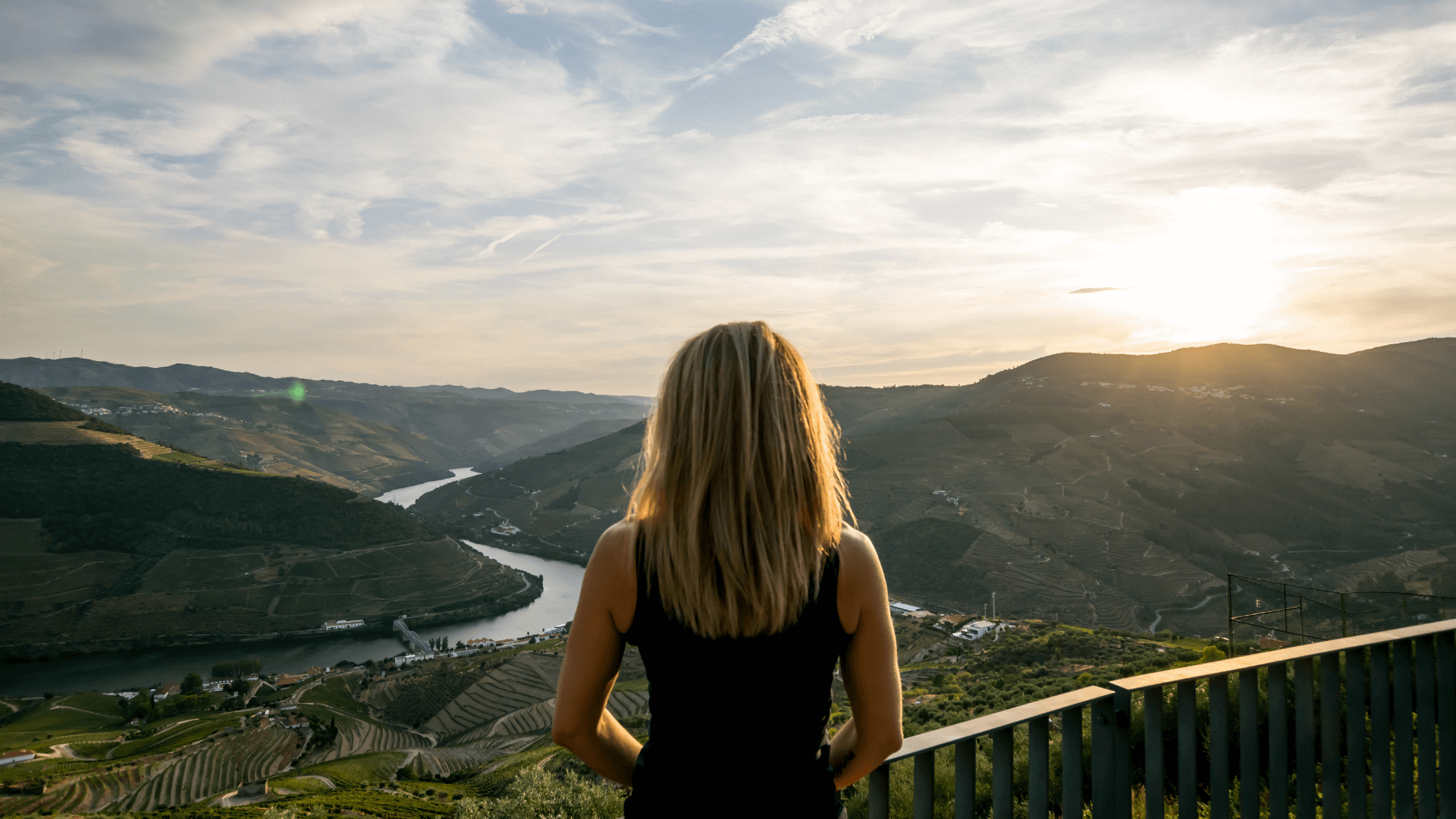
If you want to explore the beautiful landscape along the Douro railway line, you can take a magnificent historical journey on board a steam train. During the months of February and March, Portuguese Railways (CP) run services along the almond blossom route. Along this route, you can feel the perfume and colours of spring blooming in the region.
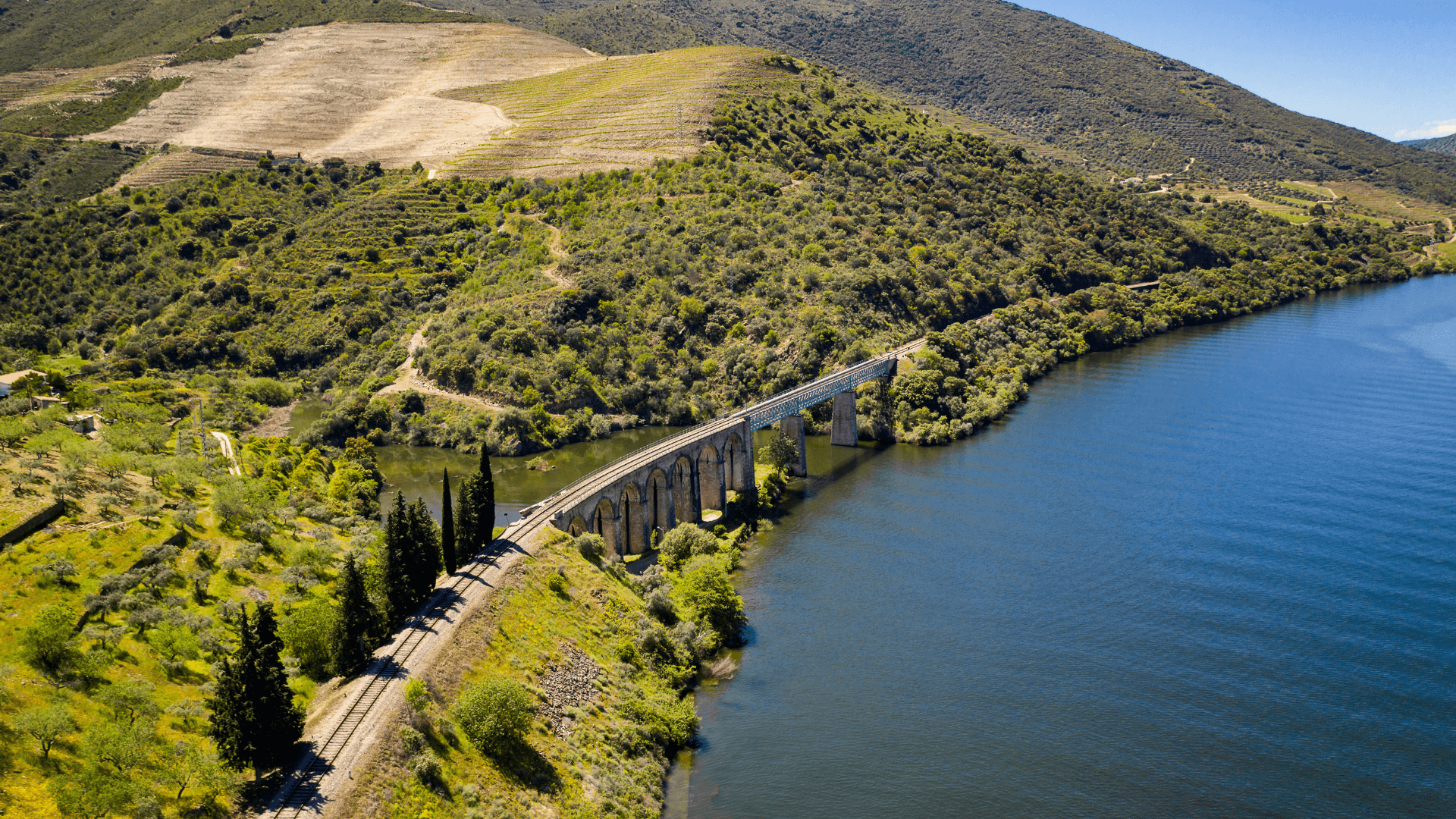
For those who enjoy driving, this is also an excellent way to discover some of the Douro Valley's best-kept secrets. The national 222 road, on the stretch between Peso da Régua and Pinhão, is considered one of the most beautiful in the world. Travelling by car allows you to get off the main routes and explore less touristy sights and vineyards.
If you prefer to stay away from the national roads, board a traditional rabelo boat, or a magnificent luxury hotel ship. There are cruises of one or several days that include various activities and a lot of entertainment, such as fado nights or themed dinners.
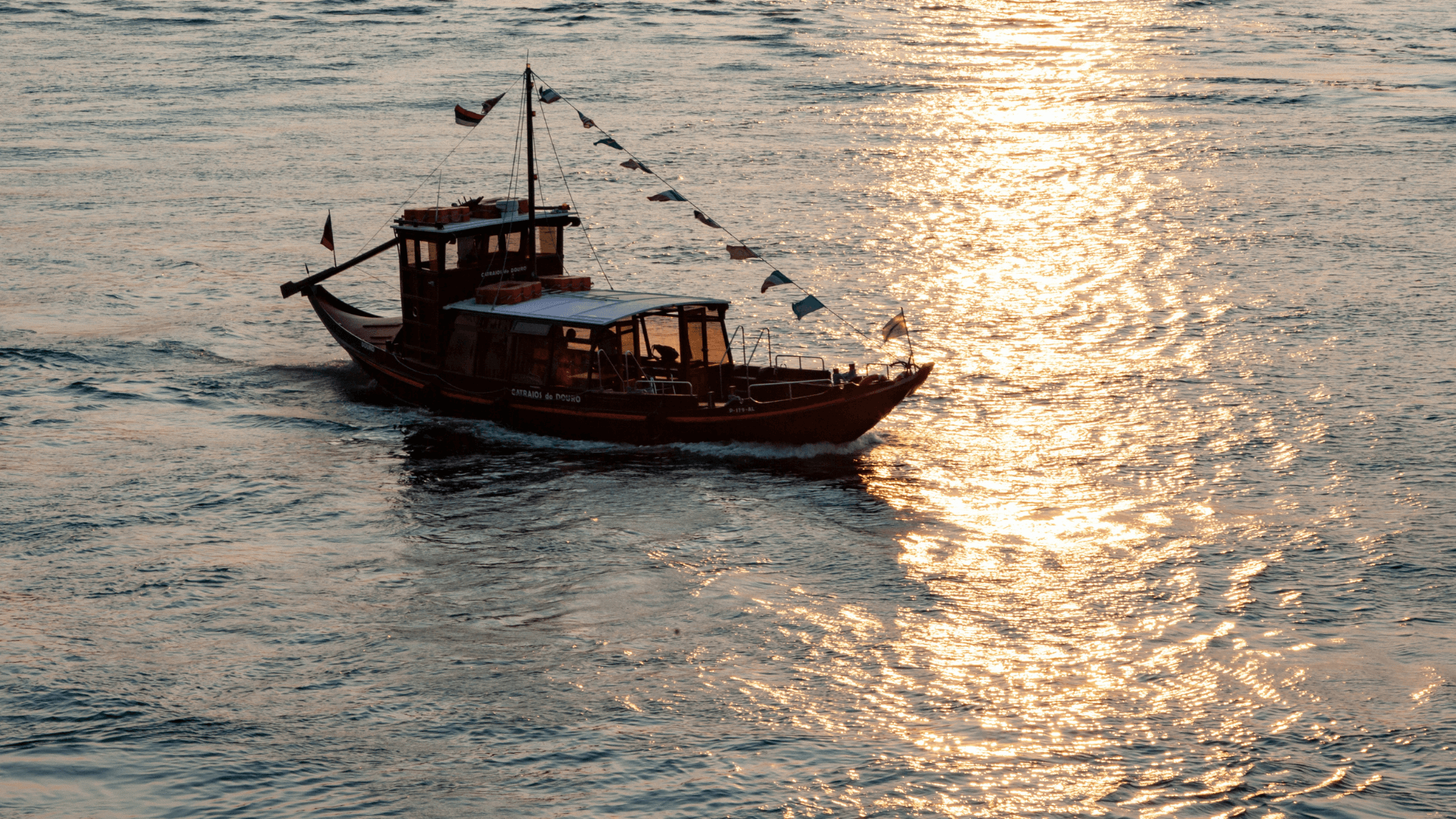
A perfect place to relax
If you decide to spend a few days in the Douro region, you won't regret it. You can choose to stay in the main towns in the region, such as Régua or Lamego, or you can stay in small wine-producing villages such as Ucanha, Provesende, Trevões, Salzedas, São Xisto and Tabuaço.
The Douro Valley has accommodation to suit all tastes: from old farms adapted to wine tourism to charming hotels with a trendier and more modern style. Wine culture can be enjoyed here in all its splendour, even with the vinotherapy treatments that some luxury spas offer.
Regardless of where you choose to experience the Douro Valley, rest assured that the people of Northern Portugal are renowned for their hospitality.
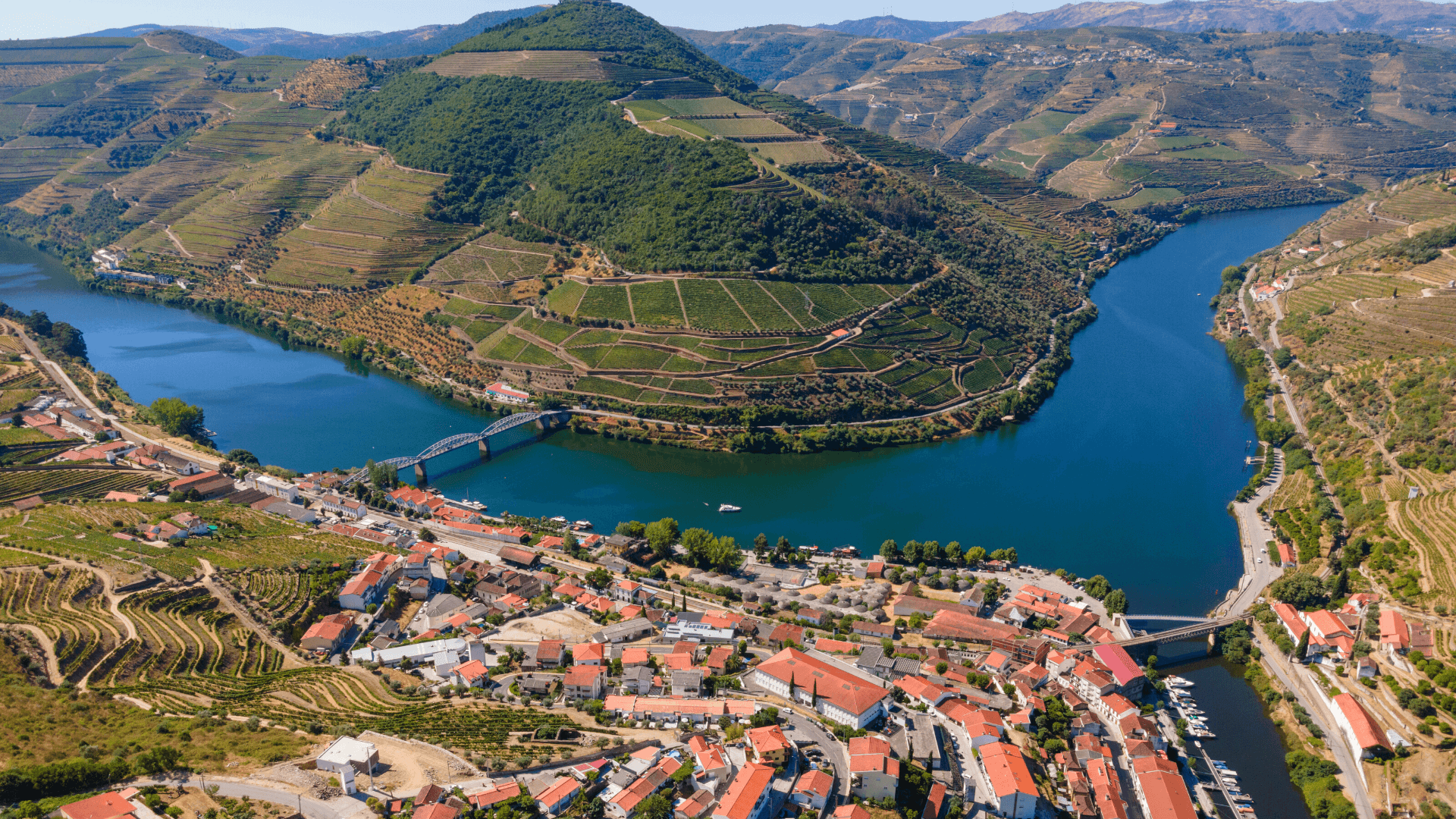
Find out more about the region
To discover more about the heritage of the Demarcated Douro Region and its wines, namely Port Wine, you really have to visit the Douro Museum, located in Peso da Régua. The museum hosts the "Douro: Matter and Spirit" permanent exhibition and also has a Wine Bar and Esplanade in the Garden overlooking the Douro River. In Régua, you will find Adega das Giestas Negras, one of the oldest wineries (made of shale) in the country.
